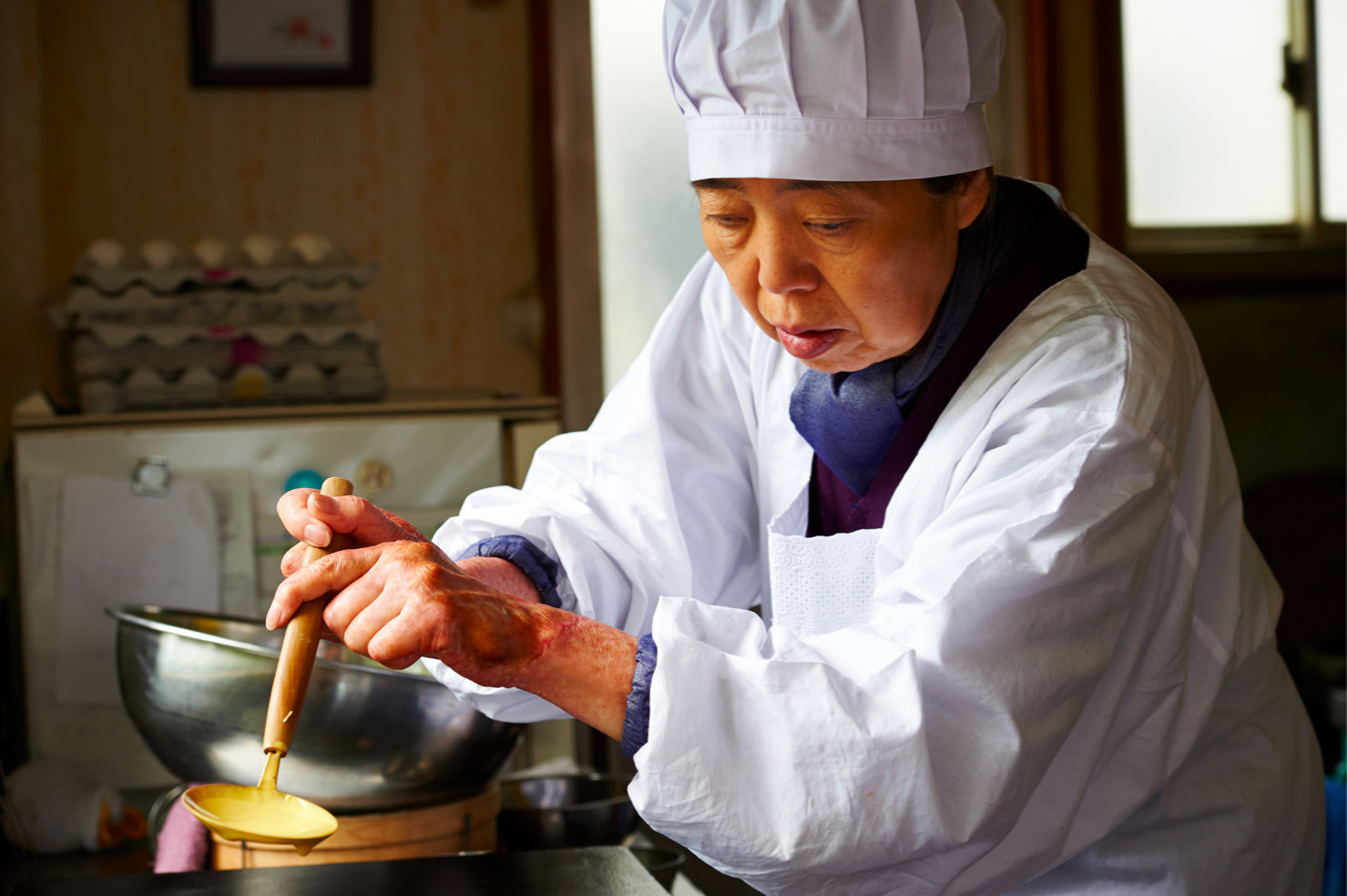Japan is an Asian entertainment powerhouse, is it not? This October's Japan Contents Showcase, which was held in Tokyo's Odaiba and Shibuya areas, included markets for film and TV (TIFFCOM), animation (TIAF) and music (TIMM), with 356 Japanese companies selling to 1,539 registered buyers, most from Asia. Surely the region's multiplexes, TV channels and smartphones are awash with Japanese content?
Or maybe not, as I learned on a press junket to this year's Singapore Media Festival, Singapore's version of JCS, which was held from Nov. 23 to Dec. 9. I found myself looking through the other end of the telescope, in which Southeast Asia loomed large while Japan suddenly seemed far, far away.
At a welcome dinner sponsored by the Singapore Tourism Board, which is an SMF partner, the Singaporeans present all testified to the local popularity of Japanese pop culture.


















With your current subscription plan you can comment on stories. However, before writing your first comment, please create a display name in the Profile section of your subscriber account page.